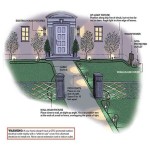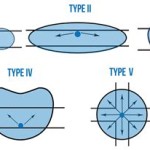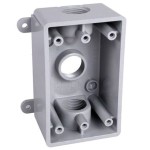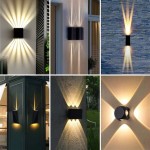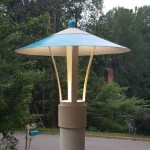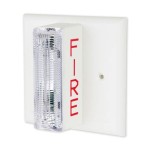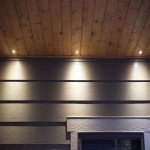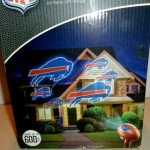Essential Aspects of LED Bulbs for Outdoor Lighting
LED (Light Emitting Diode) bulbs offer a plethora of advancements for outdoor illumination. Replacing traditional incandescent or fluorescent bulbs with LED alternatives not only enhances lighting efficiency but also brings about numerous other benefits. However, to maximize the value of LED bulbs for outdoor lighting, it is crucial to consider several essential factors.
1. Lumens vs. Wattage
When choosing LED bulbs, it is important to prioritize lumens over wattage. Lumens measure the amount of light emitted, while wattage indicates the power consumed. Unlike traditional bulbs where higher wattage meant brighter light, LED bulbs with higher lumens produce more illumination while consuming less energy.
2. Color Temperature
The color temperature of an LED bulb determines the "warmth" or "coolness" of the light emitted. Higher color temperatures (e.g., 5000K or above) produce a cool, bluish light, while lower color temperatures (e.g., 2700K or below) create a warm, amber glow. Choose color temperatures that best complement the aesthetic and ambiance of your outdoor space.
3. Beam Angle
The beam angle specifies how widely the light is distributed from the bulb. Narrow beam angles (e.g., 25 degrees) focus light in a concentrated spot, while wide beam angles (e.g., 120 degrees) emit light in a broader area. Consider the size and shape of your outdoor space to determine the appropriate beam angle.
4. Dimmability
If you desire adjustable lighting levels, opt for dimmable LED bulbs. These bulbs allow you to control the brightness of the light emitted, providing versatility for various outdoor scenarios. Ensure the compatibility of your dimmable bulbs with your existing light fixtures and dimmers.
5. Durability and Weather Resistance
Outdoor LED bulbs must withstand harsh weather conditions. Look for bulbs with high IP ratings, which indicate their level of dust and water resistance. Higher IP ratings (e.g., IP65 or IP68) signify better resistance to rain, snow, and dust ingress, ensuring the longevity and reliability of your outdoor lighting.
6. Energy Efficiency
LED bulbs are renowned for their exceptional energy efficiency, consuming significantly less power than traditional bulbs. The higher the lumens-per-watt ratio of an LED bulb, the more efficient it is. By using energy-efficient LED bulbs, you can reduce your energy consumption and save on utility bills.
7. Lifespan
LED bulbs have exceptionally long lifespans, typically lasting for tens of thousands of hours. This eliminates the need for frequent bulb replacements, minimizing maintenance costs and reducing waste.
Conclusion
When selecting LED bulbs for outdoor lighting, consider the essential aspects discussed above. By prioritizing lumens, color temperature, beam angle, dimmability, durability, energy efficiency, and lifespan, you can create an outdoor lighting solution that meets your specific needs and preferences. With LED bulbs, you can enjoy bright, energy-efficient, and durable illumination that transforms your outdoor space into a welcoming and functional extension of your home.
12 Volt E27 Led Bulb Energy Saving Light 36w 24w 18w 15w 12w 5w Bulbs Lamp Dc 12v Car Lights For Solar Battery Outdoor Lighting Ee Singapore

Best Outdoor Lighting Bulbs Of 2024

Outdoor G40 String Lights Festive Patio And Garden Lighting Chronos

4035 Replacement G40 Led Bulbs For Outdoor String Fairy Light E12 Base Shatterproof Globe Solar Lights Warm Furniture Home Living Lighting Fans On Carou

E27 12v Dc Led Day Light Bulb Camper 15 Watt 100w Equivalent Outdoor Lighting

How To Choose The Best Outdoor String Lights

Indoor And Outdoor Light Bulbs Pacific Lamp Supply Company

Outdoor Light Bulbs Yard Envy

Feit Electric 90 Watt Equivalent Par38 Dimmable Cec Title 20 Outdoor E26 Medium Flood Led Light Bulb Bright White 3000k 2 Pack Par38dm 930ca The Home Depot

Landscape Lighting Installation Companies Types Of Light Bulbs For Outdoor Orlando Florida Palmer Electric Company
